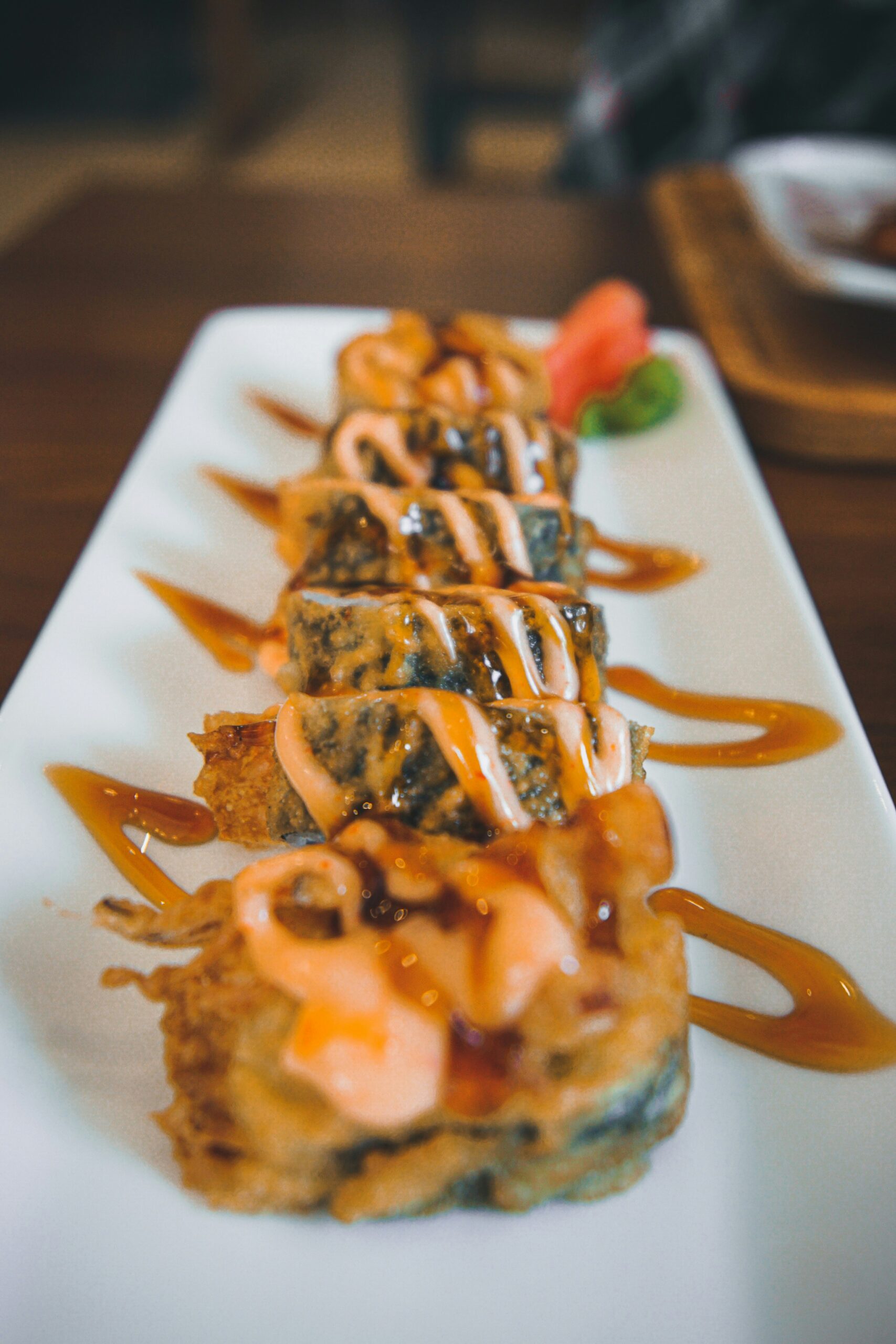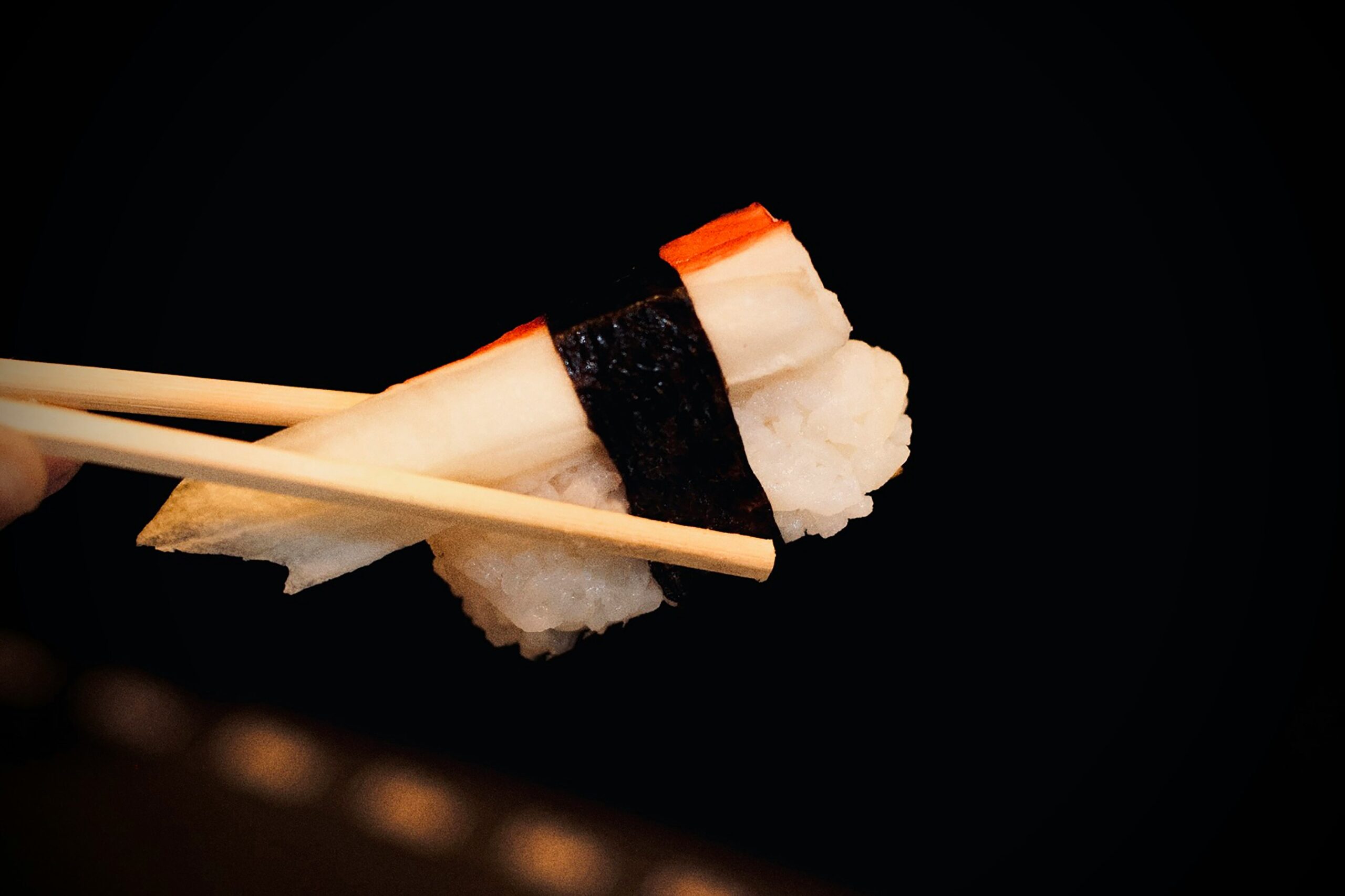Sushi, a cornerstone of Japanese cuisine, offers a diverse array of flavors and textures that cater to a wide range of palates. Central to this diversity is the distinction between raw and cooked sushi, each providing unique culinary experiences and health benefits.
Raw Sushi: A Delicate Balance of Flavor and Nutrition
Raw sushi, notably sashimi and nigiri, showcases the unadulterated taste of fresh fish and seafood. This approach emphasizes the natural flavors and textures of the ingredients, offering a pure and authentic experience.
Health Benefits of Raw Sushi:
• Rich in Omega-3 Fatty Acids: Raw fish, such as salmon and tuna, are abundant sources of omega-3 fatty acids. These essential fats support heart health, reduce inflammation, and contribute to overall well-being.
• High-Quality Protein: Raw seafood provides lean protein crucial for muscle development, immune function, and energy production.
• Essential Vitamins and Minerals: Consuming raw fish delivers vital nutrients, including vitamin D, vitamin B12, and selenium, which play roles in bone health, nerve function, and antioxidant protection.
Culinary Appeal:
The subtle flavors and tender textures of raw sushi offer a refined dining experience. The freshness of the ingredients is paramount, allowing diners to appreciate the nuances of each type of fish or seafood.
Cooked Sushi: A Fusion of Tradition and Innovation
Cooked sushi encompasses a variety of styles, from tempura rolls to eel nigiri, providing options for those who prefer or require cooked ingredients.
Health Benefits of Cooked Sushi:
• Enhanced Digestibility: Cooking breaks down proteins, making them easier to digest and potentially increasing nutrient absorption.
• Variety of Nutrients: Cooked ingredients like eel (unagi) and shrimp (ebi) offer different nutrient profiles, including vitamins A and E, contributing to a balanced diet.
Culinary Appeal:
Cooking techniques introduce diverse flavors and textures to sushi. Grilling imparts a smoky essence, while tempura adds a satisfying crunch. These methods broaden the sensory experience, appealing to a wider audience.
Comparative Insights: Raw vs. Cooked Sushi
• Flavor Profiles: Raw sushi emphasizes the natural, delicate flavors of fresh seafood, offering a clean taste. Cooked sushi introduces complex flavors through various cooking methods, providing a different yet equally enjoyable experience.
• Texture Differences: Raw sushi offers a tender, melt-in-the-mouth texture, while cooked sushi can range from crispy to firm, depending on the preparation.
• Nutrient Availability: Both raw and cooked sushi provide essential nutrients. However, certain vitamins and omega-3 fatty acids in raw fish are more bioavailable, whereas cooking can enhance the availability of other nutrients and reduce specific anti-nutrients.
Both raw and cooked sushi offer distinct advantages, catering to various taste preferences and dietary considerations. Raw sushi provides a pure taste of the ocean’s bounty, rich in essential nutrients, while cooked sushi offers a diverse range of flavors and textures through various culinary techniques. Embracing both styles allows sushi enthusiasts to enjoy a comprehensive and enriching gastronomic journey.


